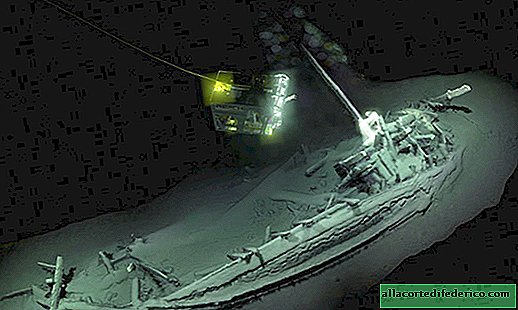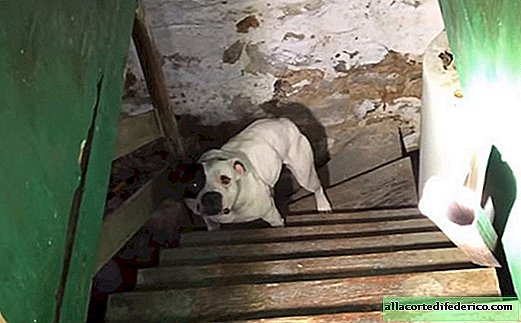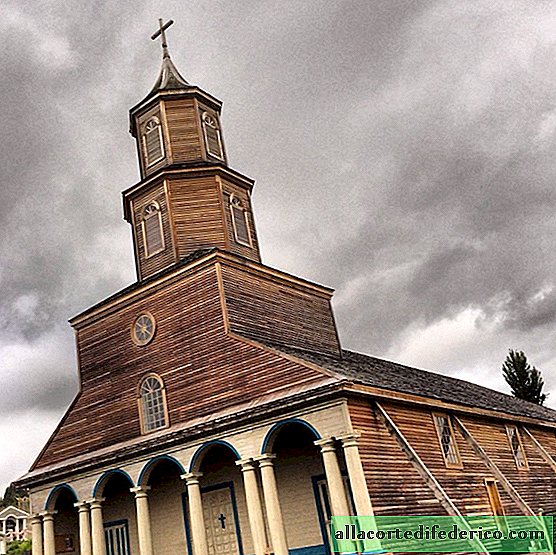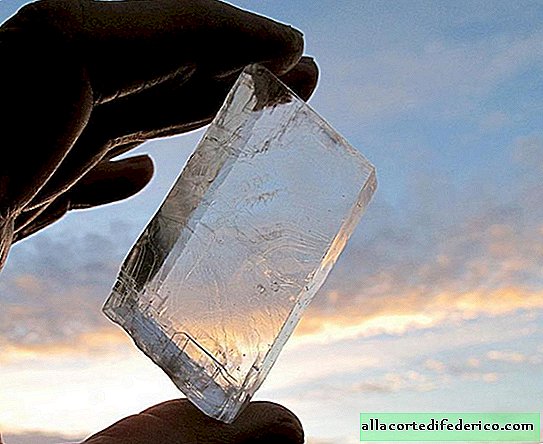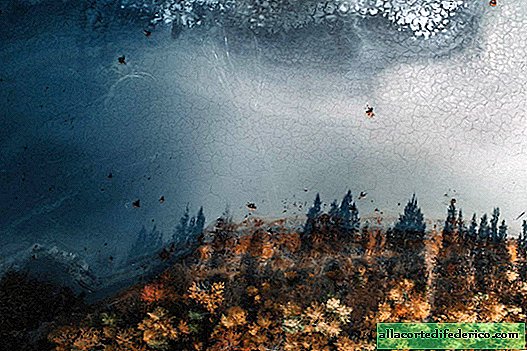How are the railways in Albania
Shot through wagons, glass broken by stones, not one or two, but ALL in ALL wagons in the WHOLE composition ...
It’s better not to sit at the window on this train: after all, another stone thrown by an amusing boy from a mound can easily fly in a window ...
In general, welcome to the train AJD - Albanian Railways.
Trains do not go to Albania, and in the country itself there is only one line Shkodra-Durres-Vlore, crossing the country from north to south. The rolling stock, which is still able to move, rather resembles a rather battered “railroad dinosaur”. And this should be taken into account that until 1990, railway transport was the main one in Albania - in the best years, it was used by 4 million people a year. Although, judging by the current state of this infrastructure, it is difficult to imagine such a thing ...
In general, until the 1940s, Albania was still at the level of the nineteenth century, but a number of narrow-gauge railways built as early as the First World War existed. The first standard-gauge railway line (Durres-Pekini) was built in 1947 and was able to gradually establish communication with neighbors. In 1973, they laid the mountainous section of the Albanian railway from Elbasan to Prenzhas.
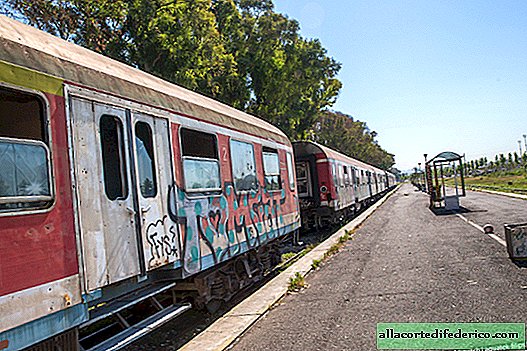
The railways of Albania during the totalitarian regime of Enver Hoxha, when the use of private transport was actually prohibited, was widely supported by the authorities. They became the main transport system, giving the opportunity to move around the country.

After the fall of the communist regime and the transition to a market economy, people rushed to satisfy automobile dreams, the number of cars and, accordingly, automobile transportations grew rapidly. And then there was a high-speed highway between Tirana and Durres built - the railway network began to use less and less, the budget for its development was reduced, the stations were closed, the roads were dismantled ... Albania gradually rolled into the XIX century.

At the end of 2013, the railway even left the country’s capital: on the Thief-Tyran section, the rails were dismantled, and the station was demolished, as if they were planning to build a park there. From the once developed network, there were three sections with passenger traffic: Durres-Vlora, Durres-Shkoder and Rogozhino-Librazh.

Every year, track infrastructure, locomotive and car fleets deteriorate. No one is engaged in their updating, as they can maintain in working condition and consider it sufficient.

Although it is completely incomprehensible why the authorities do not want to put in order and develop the remaining branches - after all, the nature here is amazing, and trains could be used to attract tourists.

The same can be said about the cross-border section of Podgorica-Shkodra between Albania and Montenegro. Now only freight trains run on it, and if there were passenger trains, they would probably be in demand, because bus service between countries leaves much to be desired.

Although I’m not quite right about the non-renewed train, Germany, Italy, France and some other European neighbors are happy to push decommissioned cars into Albania. The last way or what?


Incidentally, Albanian train rides are the cheapest in Europe. In the amount of approximately 2.5 euros (335 lev) will cost the farthest crossing of Shkodra-Vlore.

By the way, it’s better to visit the toilet before the trip, as in almost all local trains they are either broken, closed, or in very unsightly condition.

Yes, you should not expect a quick trip either - the average speed of the train is about 40 km / h, although it can accelerate to 50 km / h. But the breeze from the broken windows is guaranteed for you ...

The track in Albania is single-track, which means that trains can disperse only at stations. Therefore, the Albanian traffic schedule is a very vague concept, you have to wait until the oncoming traffic comes in order to continue on.

This is how the Albania train moves into its future without railways ...


